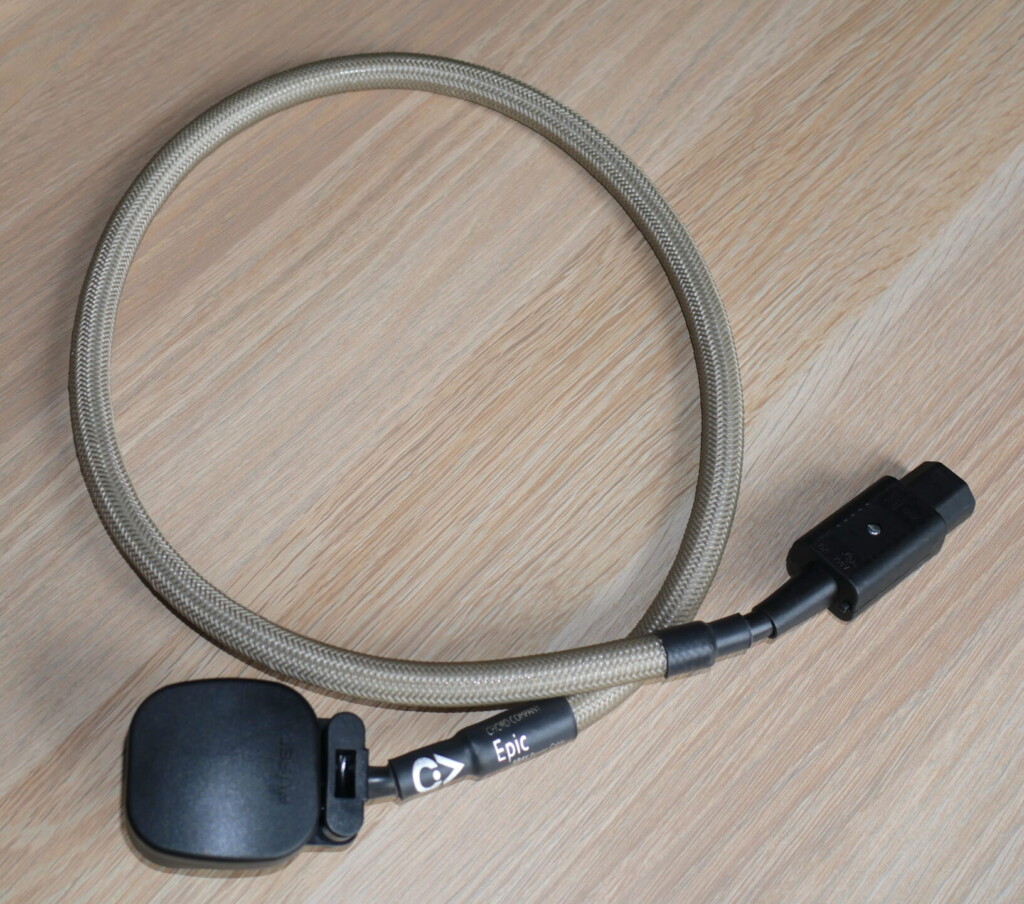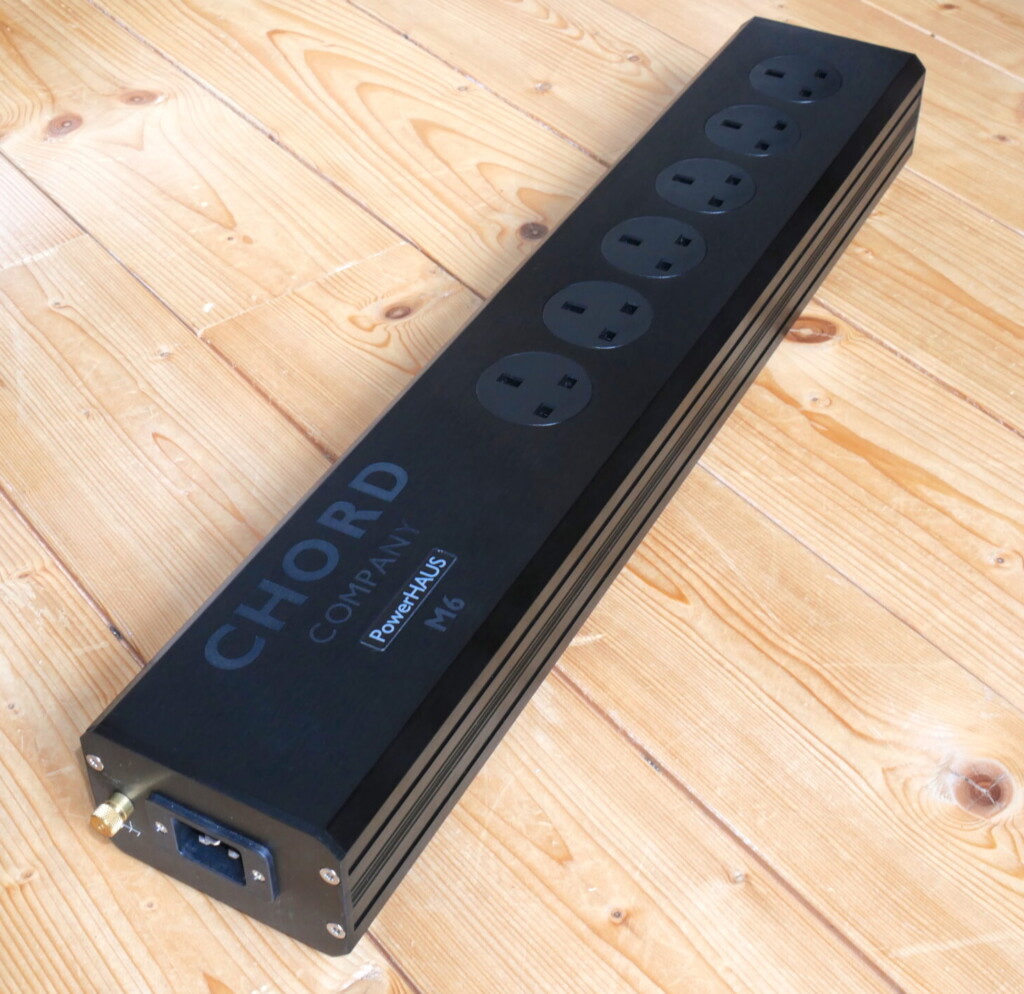The astonishing intensity and energy that Amandine Beyer and Gli Incogniti bring to their small group recordings of Vivaldi concerti (Zig Zag Music ZZT080803) is a perfect example of this system’s musical attributes. It presents Beyer’s incisive playing with real attack and precision, the complex tone, body and texture of both Harpsichord and Thorbo are perfectly presented, underpinning and filling out the performance. Listening to the musical energy pouring forth from the speakers, filling the stage and the front half of the room, playing this music with a handful of instruments suddenly makes all kind of sense. So agile, so articulate and intimate, the playful interlocking of musical lines is as fascinating as it is entertaining, the system’s utter lack of dynamic inhibition simply willing the performance onward.
(Hydraulic) power…
It’s this ability to capture the natural fluidity in the playing and resulting flow in the performance that elevates the Konus/R25A combination above the ordinary. It’s not that it exceeds expectations. It simply ignores them, stepping over the hi-fi limitations that we so often accept to set a spark direct to the performance itself. It’s obvious in the way it captures the energy, enthusiasm and intimacy of a group like Gli Incogniti, but it’s just as obvious with other bands and other genres. This is sound that is solid but in mobile, with both musical substance and momentum. It’s also a quality that works at both ends of the musical and dynamic scale. You hear it in the fluid articulation of a solo instrument like Mari Samuelsen’s fiddle on Lys (DGG 486 2095), the clear shape of her phrasing and its purposeful sense of direction. You also hear it in the substance and density of the instrumental backing. It’s a combination that allows both the power and intimacy in the performance full emotional reign. It makes for a system that’s as impressive as it is musically engaging. Just wait until you give it something to really get its teeth into…
 In many respects, the real apogee of analogue recording was the late 70’s and early 80’s – at least as far as UK pop and rock goes. 2” tape running at high speed, being fed by producers with a wealth of experience under their belts. Did they produce perfect, minimalist, dimensionally correct recordings of pop ensembles? No. They used every technique and trick in the book to make music that hit home – hard. Examples are legion. Even amongst audiophile re-pressings you need to look no further than Elvis Costello, Joe Jackson or Ian Dury to understand just how much music and musical impact got captured on those tapes. Start looking at original pressings and the choice is enormous. I could cite the impressively solid drum sound on Costello’s This Year’s Model (Radar Records RAD 3) but instead I’ll pick a recording from the end of that ‘golden age’: Lloyd Cole and the Commotions Rattlesnakes (Polydor LCLP1) – specifically, the track ‘Forest Fire’. It’s the last track on a long side one of the LP, which isn’t normally a great set of circumstances, but despite those limitations, this is a track that piles on the power. From its quiet, almost melancholy opening, it simply builds – and builds – and builds – to a howling, riff-shredding finale that’s seriously dense and intense. Of course, a lot of that sheer presence comes from the judicious application of compression, but it’s done masterfully and the musical impact should be prodigious. I say, “should be”, because after the live experience, this track so often falls flat.
In many respects, the real apogee of analogue recording was the late 70’s and early 80’s – at least as far as UK pop and rock goes. 2” tape running at high speed, being fed by producers with a wealth of experience under their belts. Did they produce perfect, minimalist, dimensionally correct recordings of pop ensembles? No. They used every technique and trick in the book to make music that hit home – hard. Examples are legion. Even amongst audiophile re-pressings you need to look no further than Elvis Costello, Joe Jackson or Ian Dury to understand just how much music and musical impact got captured on those tapes. Start looking at original pressings and the choice is enormous. I could cite the impressively solid drum sound on Costello’s This Year’s Model (Radar Records RAD 3) but instead I’ll pick a recording from the end of that ‘golden age’: Lloyd Cole and the Commotions Rattlesnakes (Polydor LCLP1) – specifically, the track ‘Forest Fire’. It’s the last track on a long side one of the LP, which isn’t normally a great set of circumstances, but despite those limitations, this is a track that piles on the power. From its quiet, almost melancholy opening, it simply builds – and builds – and builds – to a howling, riff-shredding finale that’s seriously dense and intense. Of course, a lot of that sheer presence comes from the judicious application of compression, but it’s done masterfully and the musical impact should be prodigious. I say, “should be”, because after the live experience, this track so often falls flat.



